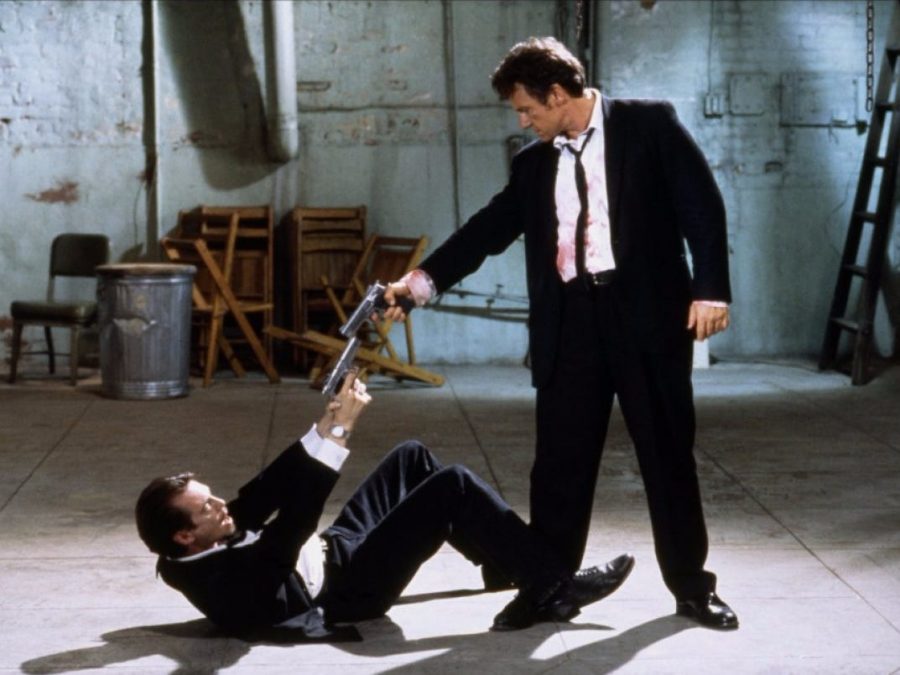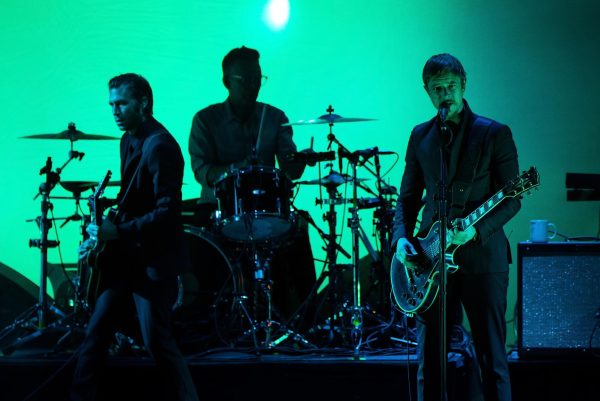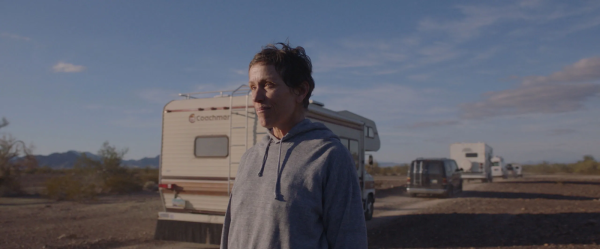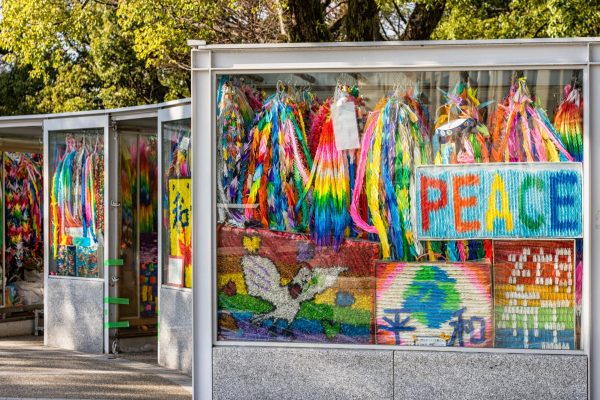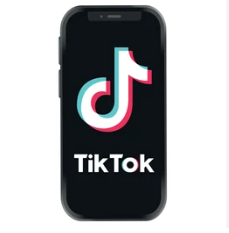The Savior of Film
In our modern film landscape, we are suffering from a creative drought for big cinema. Sequels, reboots, remakes, and spinoffs dominate the box office and fill up seats based on popular brands like DC, Marvel, and Star Wars. In times like these, we need a film to save us, to bring us hope in Hollywood, hope in the dream of being a screenwriter or director. Enter the independent film, the savior of cinema. Indie films inspire future directors to be as creative as possible with a limited budget, to go beyond the bounds of what is politically correct, and to give the audience something special, not manufactured in a factory.
Independent films have always been ways for creative and talented filmmakers to show off their skills and ideas to the world through low
budget productions. Sometimes, this results in amazing films that go on to create auteur directors. Wes Anderson’s first feature length film, Bottle Rocket, cost seven million dollars to make. Quinton Tarantino’s Reservoir Dogs cost only about one million, most of which came from Harvey Keitel’s admiration for Tarantino’s script. Christopher Nolan’s premiere film Following was made for a paltry 60,000 dollars, roughly the same budget as The Blair Witch Project. All of these directors would go on to make incredible movies such as Rushmore, The Dark Knight, and of course, Pulp Fiction. The indie film scene has brought so much diversity and creativity to film, keeping an old art form fresh and exciting because of directors who want to do something, and execute their visions with little to no help.
Brave new faces make gigantic splashes onto the film landscape and can alter how we view an entire genre. Probably the best example of this
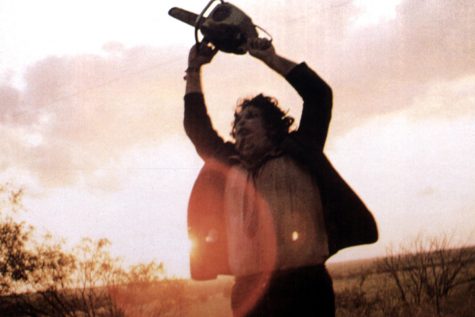
TEXAS CHAINSAW MASSACRE, Gunnar Hansen, 1974
is the way indie films have impacted the horror genre. Independent films have outright created new subcategories for horror dating back to the late 60s with a film titled Night of the Living Dead by a small director named George Romero, who would inspire the modern image of a zombie for generations to come. More genre-defining moments would continue in the 1970s, with the arrival of two slasher films: The Texas Chainsaw Massacre in 1974, and Halloween in 1978. These slow burning horror classics would inspire filmmakers in the future and created many of the tropes we now see in slasher movies such as the Final Girl Obstacle Course and the inhuman look of the serial killers. The slower pace and surreal, grimy look of TTCM would also inspire future independent horror films like Hush and You’re Next, films that seemed so far removed from the typical slasher, but were praised for being a different flavor than Jason Voorhees and Michael Myers.
The 2010s has been a decade that, in retrospect, proved to be a revival for great indie directors, almost like a second 1990s. Multiple directors have made their mark on the film landscape, and some have even found success with major film studios. Ari Aster looks to be a modern day horror auteur with his two films Hereditary, widely recognized as one of the best horror films of recent years, and his follow up Midsommer. Jennifer Kent made two of the most disturbing films of the 2010s: The Babadook, a deeply emotional horror film about grief, and The Nightingale, a film that doesn’t hold back in its portrayal of brutal, unhinged violence. Greta Gerwig is one of the biggest success stories aside from James Wan, scoring a Best Picture nomination for her directorial debut Lady
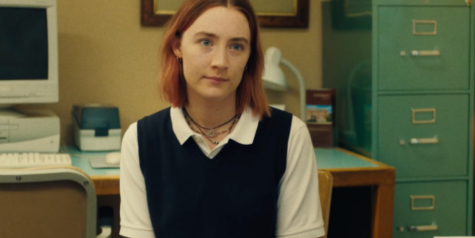
Bird. A very underrated and amazing director is Panos Cosmatos, the man who helmed the visually stunning film Mandy, but is not recognized as much as Kent or Gerwig. This new breed of director is one not focused on profit and corporate gain, but rather telling a story that means a lot to them.
Indie films prevent film from becoming a boring, stale, contrived medium for storytelling. The old and modern indie film scene is so varied that there are limitless possibilities for a film. Indie films create new, exciting, and bold directors like Spike Lee, Quinton Tarantino, John Carpenter, George Romero, Wes Anderson, and many more. We are currently on a sinking ship for film, ladies and gentlemen, and the independent scene is our lifeboat. Now the question is, will you get on?
Ed is a senior who is extremely interested in comics, movies, and horror films. He is very introverted and spends a lot of time writing, watching movies,...

